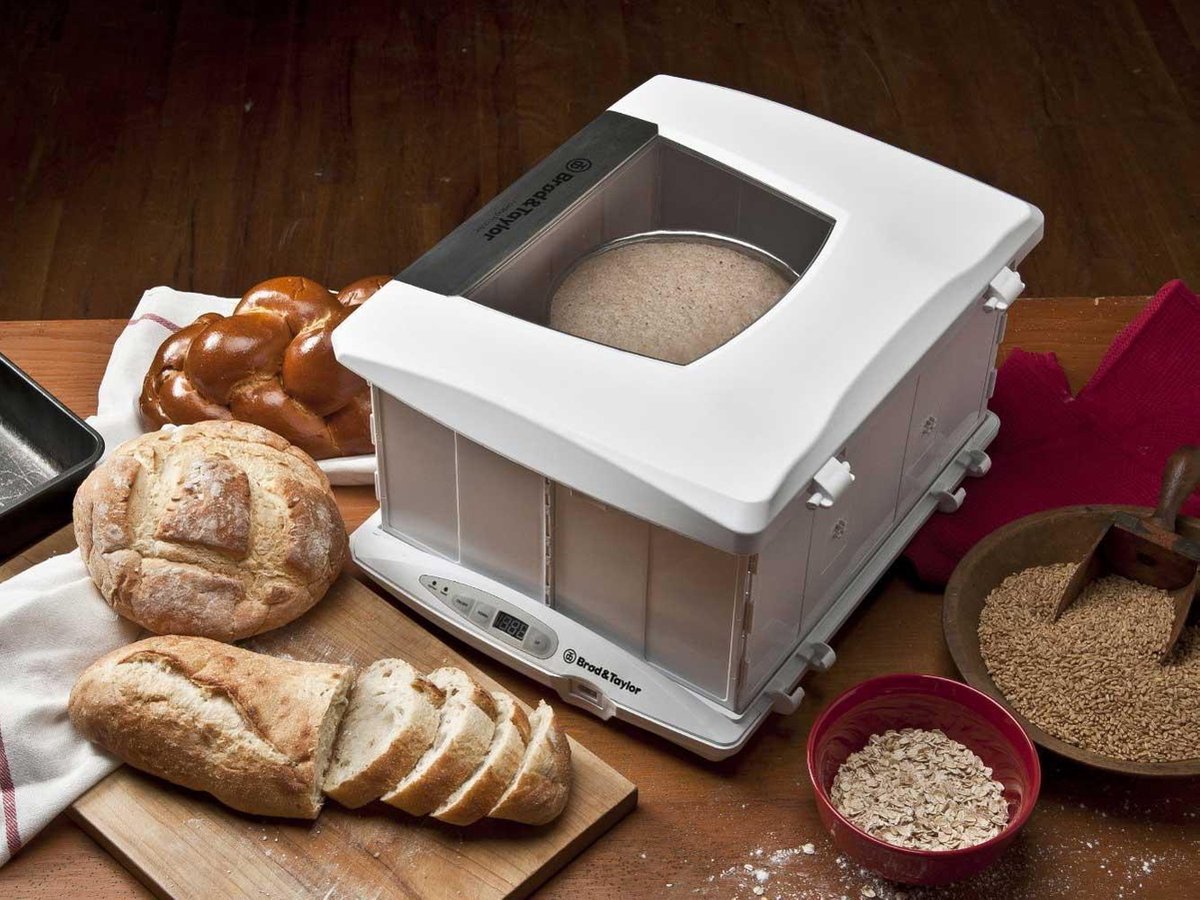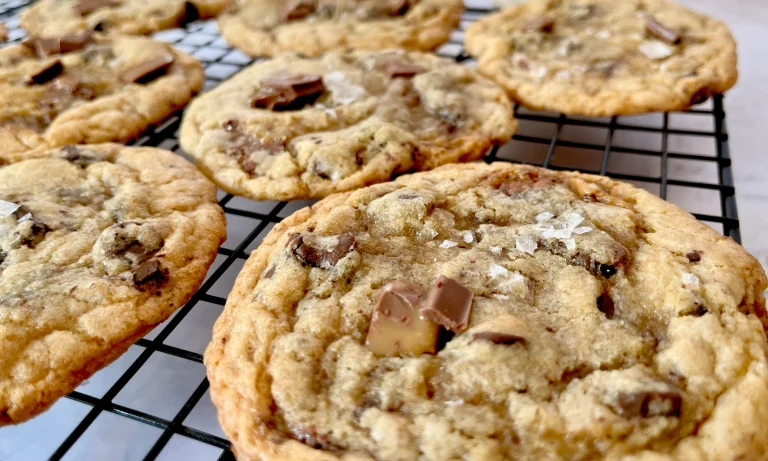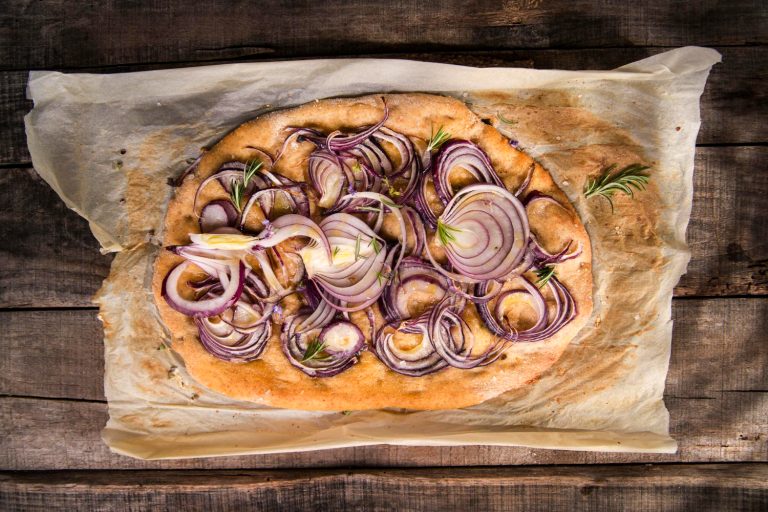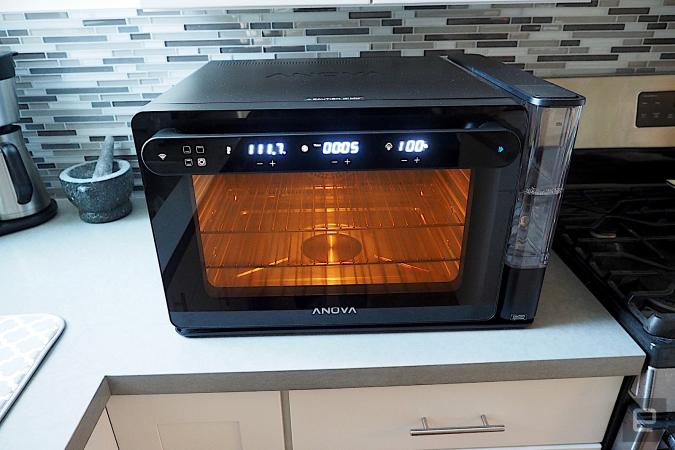Best Dough Temperature Controller: Top Picks for Perfect Sourdough
Temperature control plays a crucial role in sourdough baking success. The best dough temperature controller helps bakers create perfect conditions for yeast and bacteria to thrive. This leads to consistent fermentation and better bread flavor. Both professional and home bakers know that precise temperature control separates average bread from exceptional loaves.
This piece discusses different temperature control options for sourdough preparation. It covers warming devices, cooling units, and dual-function systems. We also share complete reviews of top-rated products like the Brod & Taylor Folding Proofer and Ivyx Scientific Incubator. The guide also includes practical tips to help you monitor your dough’s temperature and adjust settings based on your recipe needs.
Types of Dough Temperature Controllers
Today’s bakers use temperature control solutions of all types to manage different fermentation needs. Knowledge about these options makes it easier to pick the right device and achieve consistent dough development.
Warming devices
Modern warming devices keep temperatures between 70°F and 195°F (21°C and 90°C), which creates perfect conditions for active fermentation and quick dough development. Heating mats are the most basic option, delivering steady bottom heat through thermostat-controlled surfaces. Advanced proofing boxes come with additional humidity control features.
Key features of warming devices:
- Thermostat-controlled heating elements
- Optional humidity management
- Compact storage options
- Silent operation capabilities
Cooling devices
Cooling systems maintain lower temperatures, which is significant for longer fermentation periods. These devices work effectively between 32°F and 50°F (0°C to 10°C) and enable bakers to control fermentation rates with precision. Modern cooling units feature digital controls and temperature monitoring systems to deliver consistent results.
| Feature | Mini Fridge Systems | Dedicated Cooling Chambers |
|---|---|---|
| Temperature Range | 32-50°F (0-10°C) | 39-50°F (4-10°C) |
| Size Capacity | 5-20 liters | 20-50 liters |
| Temperature Control | Basic | Precise digital |
| Humidity Management | Limited | Advanced |
Dual-function devices
The latest breakthrough in dough temperature control comes from dual-function devices that can heat and cool. These versatile controllers, like the IVYX Scientific Incubator, work in temperatures from 32°F to 131°F (0°C to 55°C). Bakers can maintain optimal conditions at whatever room temperature or recipe needs are needed.
Modern dual-function controllers come with advanced features such as:
- Digital temperature control with precise settings
- Programmable temperature cycles
- Built-in humidity management
- Temperature data logging
- Mobile app connectivity for remote monitoring
The Brod & Taylor Folding Proofer shows how temperature control technology has developed in a compact, foldable design with its warming and cooling functions. The IVYX Scientific 5-Liter Incubator also delivers professional-grade temperature management that fits nicely on your countertop.
Temperature stability plays a significant role in getting consistent results. Dual-function devices keep temperatures within ±1°F of the target setting, which ensures reliable fermentation conditions. This precision helps, especially with temperature-sensitive dough formulations or long bulk fermentation periods.
When choosing a temperature controller, bakers should consider their specific capacity needs, temperature range, and control precision. Good temperature management equipment leads to more consistent dough development and better final product quality.
Top Picks for Dough Temperature Control
Serious sourdough enthusiasts know that the right temperature control device substantially affects their baking results. Extensive testing and research reveal the top performers in dough temperature control technology.
Brod & Taylor Folding Proofer
The Brod & Taylor Folding Proofer delivers exceptional performance with its 25-liter capacity and precise temperature control from 70°F to 195°F (21°C to 90°C). This versatile device comes with:
- Foldable design for compact storage
- Built-in humidity control system
- Silent operation with no fan noise
- Removable water tray for optimal moisture
This proofer excels at keeping consistent temperatures throughout the chamber, vital for even fermentation. The spacious interior fits two 9-inch bannetons simultaneously, making it perfect for batch baking.
Ivyx Scientific Incubator
The Ivyx Scientific Incubator, with its dual heating and cooling capabilities, offers a new approach to dough temperature control. This 5-liter unit works effectively between 32°F and 131°F (0°C to 55°C) and provides excellent versatility for warm and cold fermentation.
Key specifications include:
- Digital temperature control with ±1°F precision
- Fan operation that alternates to save energy
- Space-saving countertop design
- Flexible voltage options (110V/220V)
A larger 25-liter model serves commercial-scale baking needs with the same temperature precision.
Vivosun Heating Mat
Vivosun heating mat technology provides steady warmth between 68-86°F (20-30°C). This temperature range makes it ideal to keep your dough at the perfect temperature during bulk fermentation. This cost-effective solution comes with these features:
| Feature | Specification |
|---|---|
| Temperature Range | 68-86°F (20-30°C) |
| Heat Distribution | Far-infrared technology |
| Size Options | Multiple dimensions available |
| Power Consumption | Energy-efficient design |
The mat uses advanced heating film technology to distribute heat evenly. Its waterproof design adds extra safety and prolongs its life.
Cooluli Mini Fridge
This compact 20-liter Cooluli Mini Fridge has both cooling and warming capabilities. Its temperature range is 16°F to 149°F (-9°C to 65°C), perfect for all your fermentation needs.
Notable features include:
- Dual temperature control system
- Whisper-quiet operation
- Energy-efficient thermoelectric cooling
- Portable design with car adapter option
The fridge does an excellent job keeping temperatures stable during long bulk fermentation, and you’ll find it especially handy for overnight proofing. Thanks to its precise temperature controls, bakers can count on getting consistent results, no matter what recipe they’re using or what the room temperature is.
These fridges offer different advantages when you need to control dough temperature during fermentation. Your choice will likely depend on how much space you need, what temperatures you want to hit, and where you’ll keep it. Professional bakers might want the bigger models, while home bakers will probably find the compact versions better suited to their kitchens.
[Note: Product images would be inserted here with appropriate captions and specifications]
How to Use a Dough Temperature Controller
You can become skilled at dough temperature control by understanding the science behind it and applying effective temperature management techniques. A systematic approach with temperature controllers will produce consistent results and create optimal fermentation conditions.
Setting the optimal temperature
The perfect dough temperature starts with the proper controller setup. Most sourdough fermentation works best between 75°F and 78°F (24-25°C). Bakers need to understand everything in temperature control:
- The desired dough temperature (DDT) calculation
- The ambient room temperature impact
- Water temperature adjustments
- The friction factor from mixing
- The starter temperature effect
Bakers can use this simple formula to control temperature precisely:
Water Temperature = (DDT × 4) - (Room Temp + Flour Temp + Starter Temp + Friction Factor)
| Dough Type | Recommended Temperature | Fermentation Duration |
|---|---|---|
| White Flour | 76-78°F (24-25°C) | 3.5-4 hours |
| Whole Grain | 75°F (23°C) | 3-3.5 hours |
| Enriched | 78°F (25°C) | 2.5-3 hours |
Monitoring dough temperature
Regular temperature checks will give a perfect fermentation environment throughout the bread-making process. Bakers need to check temperature controllers at these critical points:
- Original mixing completion
- During bulk fermentation
- Before and after folds
- Before final shaping
- Throughout the final proof
A digital thermometer is a great way to get accurate readings. The probe should go into the dough mass’s center without touching air pockets or the container’s sides. Quick temperature readings help maintain a controlled environment.
Temperature Monitoring Best Practices:
- Record temperatures at consistent intervals
- Track any most important fluctuations
- Adjust controller settings as needed
- Document changes to reference later
Adjusting for different recipes
Each bread recipe needs its own temperature settings. Whole grain doughs work better at slightly lower temperatures because of higher enzyme activity, while enriched doughs need higher temperatures to achieve the best results.
Temperature adjustments based on dough composition:
High Hydration Doughs
- The best temperature range stays lower (75°F/24°C)
- You need to watch humidity levels
- The proofing time changes based on these factors
Enriched Doughs
- The ideal temperature runs higher (78°F/25°C)
- Fat content will change how the dough behaves
- You might need less humidity
Whole Grain Doughs
- Keep it at a moderate temperature (75°F/23°C)
- Watch the fermentation process
- Use cooler water temperature
Your mixing method changes the friction factor substantially:
- Hand mixing adds 0-5°F
- Stand mixer adds 24-26°F
- High-speed mixer can add up to 30°F
Temperature control becomes vital with sourdough starters. Bacteria and yeast thrive at different temperatures:
- Bacteria love 89°F (32°C)
- Yeast performs best at 80°F (27°C)
- You’ll get balanced fermentation at 76-78°F (24-25°C)
Bakers should keep good records of their temperature settings and results. These notes help perfect future batches and show how temperature affects fermentation.
The quality of your final bread depends on temperature changes during bulk fermentation. If you use a dough temperature controller, watch these signs:
- How much the dough grows
- Changes in surface texture
- How it responds to gentle pressing
- The smell it develops
- How gas bubbles form
Professional bakers use the “desired dough temperature” method. They calculate the water temperature to get the perfect final dough temperature. This works great in temperature-controlled spaces:
Final Dough Temperature = (Water Temp + Flour Temp + Room Temp + Friction Factor) ÷ 4
Knowing how temperature affects fermentation helps bakers adjust to their environment and recipe needs. Regular checks and good temperature records produce consistent results across different bread types.
Conclusion
Temperature precision is the lifeblood of exceptional sourdough baking, and modern control devices provide solutions that work for every baker. Professional-grade equipment like the Brod & Taylor Folding Proofer and Ivyx Scientific Incubator delivers exact control at wide temperature ranges. Simple solutions like heating mats meet basic warming needs well. These advances help bakers maintain perfect fermentation conditions, regardless of the room temperature or recipe needs.
Dough temperature control turns good bread into exceptional loaves that showcase perfect crumb structure and complex flavors. Careful monitoring and adjusting fermentation conditions produce superior results in breads of all styles. Bakers who want to improve their craft can lift their bread and pizza game with an authentic artisanal sourdough starter from The Yeast We Can Do. Perfect temperature management helps achieve professional-quality results in any kitchen, whether you’re making crusty boules or delicate enriched doughs.
FAQs
What temperature should sourdough bread be maintained for optimal performance?
Sourdough bread thrives best within a temperature range of 74-86 degrees Fahrenheit, with the ideal range being 76-80 degrees Fahrenheit. Maintaining this temperature range consistently is crucial for optimal sourdough performance.
What is the recommended dough temperature for effective sourdough fermentation?
For effective sourdough fermentation, the dough temperature should be between 75°F and 78°F (24°C and 25°C).
How can I effectively control the temperature of my sourdough starter?
Using a temperature controller that offers precise degree-by-degree adjustments from 5°C to 50°C (41°F to 122°F) allows you to maintain a consistent temperature or alter it to control the growth rate, aroma, and flavor of your sourdough bread.
Which dough proofer is considered the best for sourdough bread?
The Brod and Taylor Folding Proofer is highly regarded among sourdough bakers. It features a 25-liter capacity, operates quietly, can be easily stored due to its foldable design, and maintains a constant warm temperature above room temperature.
Do home bakers benefit from using a proofing chamber for sourdough baking?
A proofing chamber can significantly benefit home bakers, especially in fluctuating temperatures. It helps maintain a consistent temperature and humidity level, which is crucial for achieving consistent results in sourdough baking.
What challenges do bakers face in cooler kitchen environments, and how do they overcome them?
In cooler kitchen environments, such as those typical in Canada, where temperatures can drop to 68°F or lower, bakers face extended proofing times and inconsistent dough temperatures. Using devices like proofing chambers or ovens with a proof setting can help maintain a more consistent temperature, reducing proofing times and improving the consist






